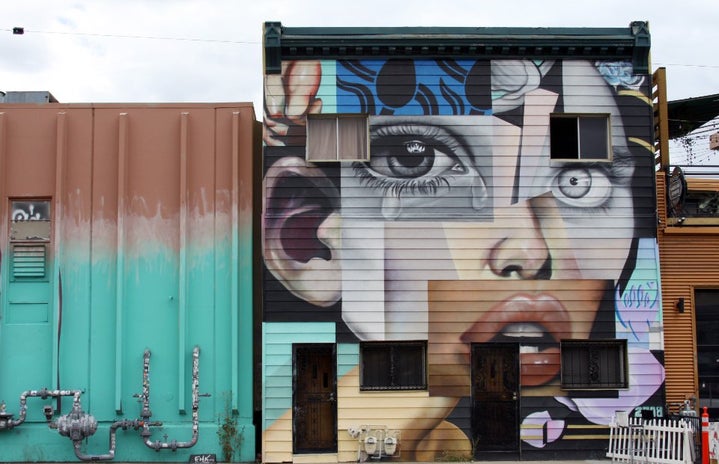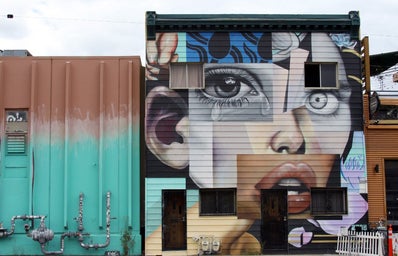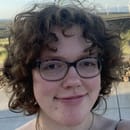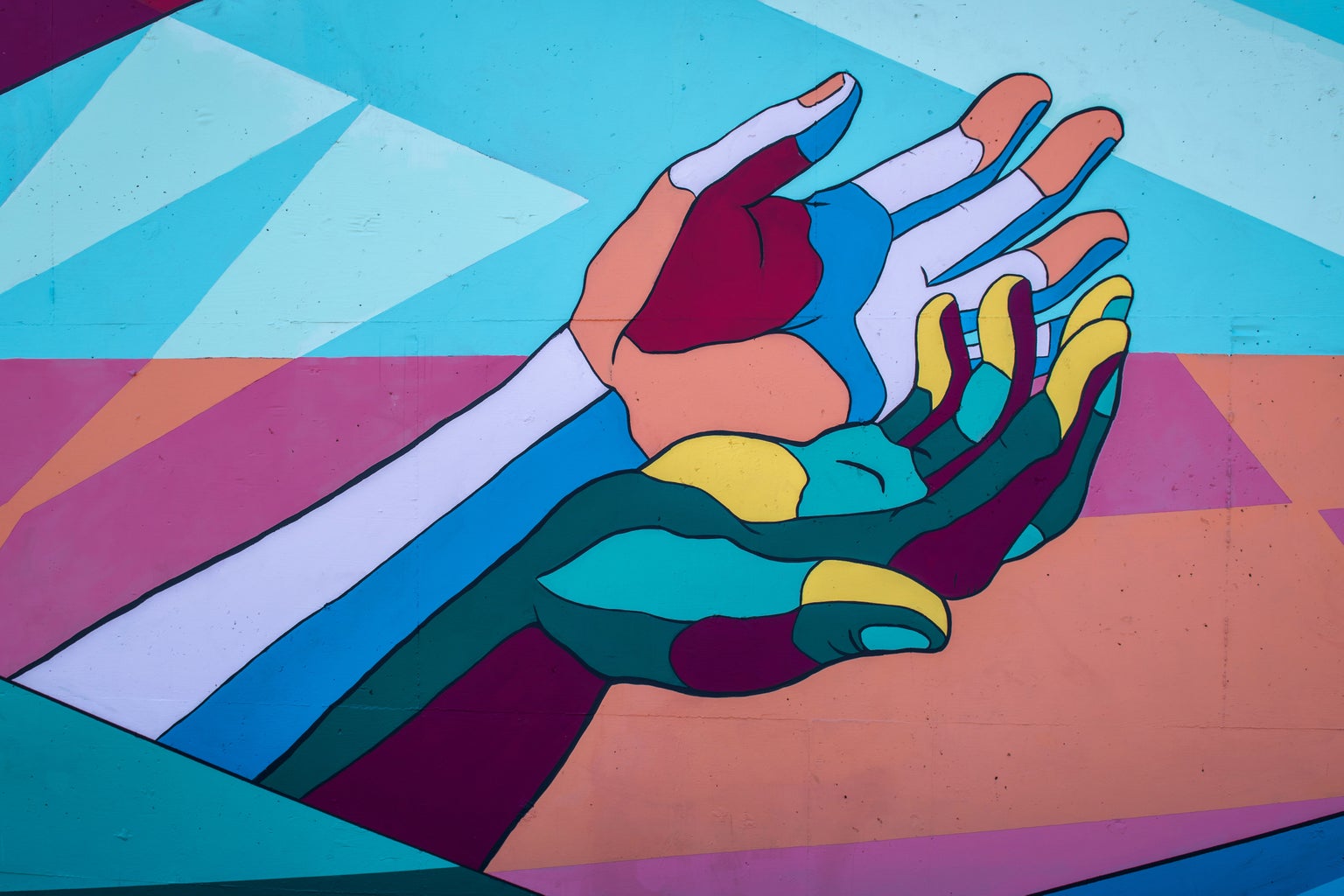Public art installations are polarizing. Where some see beautification of the surroundings and support of the local arts, others see pretentious wastes of space. Whether you love them or hate them, art installations breathe life into mundane structures, even becoming landmarks of their own. Think of Cloud Gate, affectionately known as ‘The Bean,’ in Chicago. The beauty of public art can also be found in universities as well. The sprawl of Central Washington University would not be the same without a rusty tusk coming out of the ground, and I mean that in an endearing way. This is because public art has advantages over the paintings and sculptures in museums. Public art is important because of its sense of and contributions to the community, a principle which is upheld by law and has been contributed to by the author themself.
Public art is not snobbish, it is collectivist. The ‘public’ in public art is important. Renowned masterpieces are trapped in museums that keep art at an arm’s distance and behind a paywall. Or, they are privately owned in a collection meant as an investment rather than a means of expression. Some museums, galleries and collectors break the exclusivity inherent in the institution. Public art, however, is ingrained in its environment. Not only do community members not have to pay to go see it, but they can also see a mural or giant sculpture from their house or commute. Wear and tear from hands and weather are part of the artwork. Public art projects add cultural value to their locale, embodying the values or issues of the area, especially if the artist is from there. Often, the selection and creation of the artwork are done by the hands of many, with community members giving their input and even helping to construct the work. These designs then increase the surrounding citizen’s feelings of safety and well-being. The inherent inclusivity of the art form blurs the boundary between high and low art and makes the wonder of human expression accessible to all demographics.
At Central Washington University, and presumably most college campuses, public art is a requirement. Statues and memorials decorate the campus to demonstrate the history and authority of the academic organization. These are often wax sculptures cast in bronze, usually representing people, and made to withstand the weather. But besides the university’s monuments to itself, CWU is required to spend on art installations around campus. According to Central Washington University’s Permanent Art Collection Guidelines, the Art in Public Places Program was established in July 1974, requiring Washington schools to contribute “half of 1% of construction budgets for state-owned buildings” to art installations. For example, Central is in the process of demolishing the Language and Literature building while simultaneously beginning construction on the new North Academic Complex, with an estimated budget of $103.7 million. If my math is correct, that means an allocation of $518,500 towards public art on campus. CWU already has signature works on campus commissioned thanks to this law, such as Mammoth (2018) by Ilan Averbuch, Cascade Cradle (1991) by Gary Bates, Prow (2006) by John Medwedeff, and Wickiup (1995) by Deborah Butterfield. I am excited to see what new pieces they add to campus in the upcoming years.
Recently, my own artwork was installed publicly! In 2022, a call for submissions was published in the Art + Design department’s newsletter. The City of Ellensburg was looking to install artwork on the bus shelter outside Central Washington’s student hub, the SURC. Around the city, bus stops have local artwork printed on the glass. After contemplating if I should enter or not, I had a burst of creativity and made my design in one day. The piece features hands reaching inward from opposite corners of the canvas. One side is offering flowers local to Ellensburg, and the other side is reaching out to grasp them. Importantly, the design utilizes official CWU crimson, and the color scheme is built around that, with analogous oranges and complimentary greens. Overall, my piece, Native Flora, urges the CWU community to reach out and appreciate the environment around us. It also symbolizes my appreciation for Central, for the community and the artistic voice I have found while studying here. In March of 2023, I found out my piece had been selected, and in January of 2024, it was finally up! Sunshine passes through the colors and they glow, lighting up an otherwise drab stretch of sidewalk. The simple addition of artwork to a bus stop also adds layers of meaning and interest to an otherwise overlooked spot.
Public art should be cherished. Installations resonate with its environment, creating a symbiotic relationship between the community and the artwork. Brilliantly, states, including Washington, have laws in place that require funding for art in public spaces. Some of your favorite landmarks were made possible by advocacy and legislation. Contribute to your city’s public art scene by advocating for more public art, giving input on selected locations and artists, or submitting your own designs for installations. The way people



